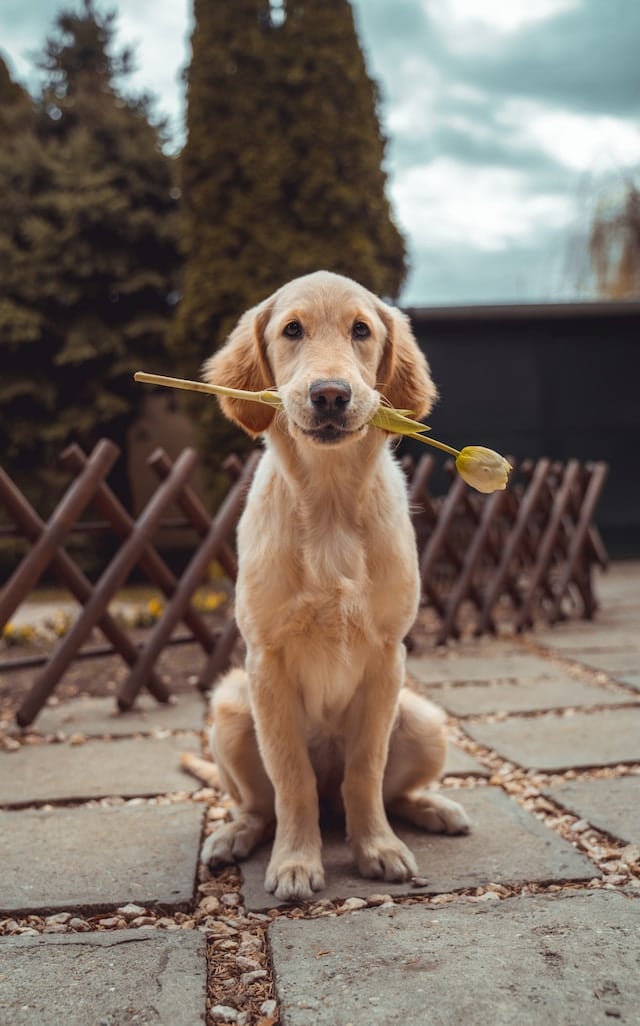Creating a safe garden for your pet

As pet owners, keeping our furry friends safe is always our top priority. This not only applies to their indoor environment but also their outdoor living spaces, particularly the garden. Creating a safe garden for your pet involves more than merely installing a fence. You’ll need to consider factors such as the plants, water sources, and potential hazards such as pesticides. In this article, we will delve into how you can create a safe, enjoyable, and stimulating garden for your pet.
Choosing Animal-Friendly Plants
Before diving into the foliage, it’s crucial to understand that not all plants are pet-friendly. Some can be toxic to cats and dogs, causing a range of symptoms from mild irritation to severe illness or even death.
Lire également : What’s the Correct Way to Introduce New Species into a Coral Reef Tank?
In this section, you will learn how to choose the right plants for your garden. There’s a wide array of beautiful, non-toxic plants that can enhance your garden’s aesthetic appeal without posing a risk to your pets. These include Snapdragons, Sunflowers, and Marigolds, among others.
Research each plant before you introduce it to your garden. The ASPCA has a comprehensive list of toxic and non-toxic plants which can be a helpful reference.
A lire également : How to Identify and Treat Obsessive Compulsive Disorder in Dogs?
Installing Secure Fencing
A secure fence is a must-have for any pet-friendly garden. It not only keeps your pet safe within your property but also deters other animals and potential threats from entering.
When choosing a fence, consider the size and athletic abilities of your pet. For instance, if your dog is a high jumper or a digger, you’ll need a high fence buried several inches into the ground. It should also be sturdy enough to withstand any attempt to push through.
Ensure the fence has no sharp edges or loose parts that could harm your pet. Regularly inspect the fence for any damage and fix it promptly.
Providing Shade and Water
Pets, like humans, can suffer from dehydration and heatstroke. Thus, it’s crucial to provide plenty of shade and fresh, clean water in your garden, especially during hot weather.
Plant trees and shrubs to create natural shade spots. You can also install a pet-friendly gazebo or a large umbrella.
Water should be accessible at all times. A shallow, gently sloping water feature can provide both drinking water and a paddling pool for your pet. Regularly refill and clean the water source to prevent bacterial growth.
Creating Stimulating Environments
A garden can be a fantastic playground for your pet. It’s a place for them to explore, play, and exercise. To make it stimulating, consider incorporating features that cater to your pet’s instincts and preferences.
For dogs, consider adding a digging pit or agility equipment. Cats, on the other hand, may enjoy a catnip garden or climbing structures.
Remember to vary the textures in your garden, using features like grass, pebbles, and sand, to keep your pet engaged and excited.
Opting for Natural Pest Control
Pesticides are one of the biggest hazards in a garden for pets. They can cause severe illness if your pet ingests a contaminated plant or licks their paws after walking on treated ground.
Opt for natural pest control methods instead. These could include introducing predator insects, using plant-based insecticides, or growing plants that naturally deter pests.
Regularly clean up fallen leaves and debris, which can harbor pests. Also, keep your garden well-trimmed and avoid overwatering, as damp, overgrown conditions can attract pests.
Supervising Your Pet in the Garden
While it’s essential to ensure your garden is as safe as possible, supervision is equally important. Always keep an eye on your pet while they’re enjoying the outdoors, especially if they are young, prone to eating inappropriate items, or have a history of escaping.
Training can also go a long way in keeping your pet safe. Teach your pet to stay within the garden boundaries and to avoid areas or items that could be dangerous.
Creating a safe garden for your pet requires some effort, but it’s certainly achievable. With the right precautions and adjustments, your garden can become a haven for your furry friend.
Ensuring Regular Maintenance
Ensuring that your garden remains a safe haven for your pet involves consistent maintenance and inspection. Your garden’s safety can change with seasons, weather conditions, or the growth of new plants. Regular maintenance is, therefore, crucial in maintaining the safety and enjoyment your pet experiences.
Start by regularly checking the plants in your garden. Watch out for the growth of any new plants that could potentially be harmful to your pet. Remove any toxic plants immediately to prevent accidental consumption. Also, consider the potential risks posed by falling fruits or seeds that may be toxic or pose a choking hazard.
Keep an eye on the fence, ensuring it remains secure and intact. Over time, weather conditions or your pet’s activities could weaken the fence, making it susceptible to breakages or creating escape routes. Regularly inspect the fence for any signs of damage and repair it promptly.
Maintaining your garden’s cleanliness is equally crucial. Clean up any pet waste promptly to maintain hygiene and prevent the spread of parasites or diseases. Also, regularly tidy up any fallen leaves, branches, or other debris that could potentially hide hazards such as sharp objects or harmful insects.
Furthermore, watch out for any changes in your pet’s behavior after spending time in the garden. If your pet starts showing symptoms like vomiting, diarrhea, excessive salivation, or lethargy, they may have ingested something harmful from the garden. Immediate veterinary attention is advised in such instances.
Conclusion: Cultivating a Pet-Safe Garden
In conclusion, creating a safe garden for your pet involves meticulous planning, careful selection of plants, secure fencing, adequate shade, water provision, stimulating environments, natural pest control, and regular maintenance. However, the joy and peace of mind that comes with knowing your pet can freely enjoy the outdoors without any safety concerns make it all worthwhile.
Remember, even with all these precautions, supervision remains central to your pet’s safety in the garden. Always keep an eye on your furry friend, especially if they are prone to wandering or have a penchant for mischief.
Lastly, don’t forget to involve your vet in your garden planning process. They can provide valuable insights into potential hazards and tips on creating a garden that caters to your pet’s specific needs and preferences. In this way, you’ll create not just a safe garden, but also a stimulating and enjoyable outdoor space for your beloved pet.
